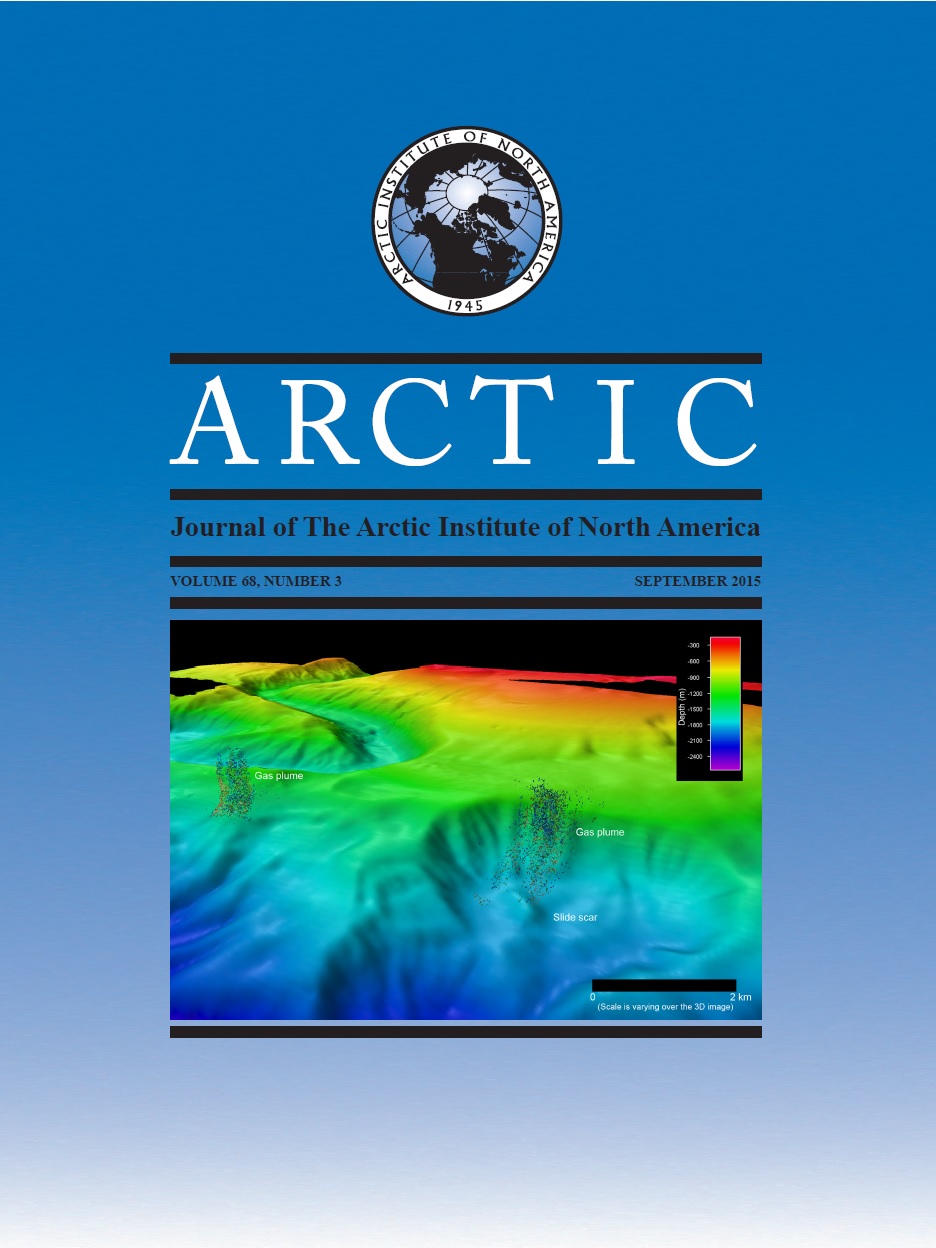A Framework for Prioritization, Design and Coordination of Arctic Long-term Observing Networks: A Perspective from the U.S. SEARCH Program
DOI:
https://doi.org/10.14430/arctic4450Ключевые слова:
Arctic observing, stakeholders, observing network designАннотация
Arctic observing networks exist in many countries and often cross international boundaries. We review their status and the development of networked long-term observations as part of a U.S. Arctic Observing System, highlighting major challenges and opportunities for prioritizing observations, designing a network, and increasing coordination. Most Arctic observing activities focus on specific themes and ecosystem services, resulting in a relatively narrow scope of observations for each network. Across all networks there is a need to improve national and international coordination to (1) reduce potential mismatch between identified science needs and outcomes desired by society, (2) link current observing networks to emerging agency and private-sector observing programs across disciplines, and (3) present a stable set of goals and priorities to increase network utility in view of the limited funding resources. We survey the landscape of observing activities and efforts to coordinate them internationally and present a framework for prioritization and coordination based on the activities of the U.S. Study of Environmental Arctic Change (SEARCH). This framework includes a hierarchy of interconnected activities involved in the design and implementation of observing networks. Across the hierarchy, definition of “actionable” science questions helps drive network design, with priorities set by the breadth and depth of the societal applications or policy requirements that these questions can inform. We present an example of applying this design hierarchy to observations that support policy and management decisions about offshore resource development in the Chukchi Sea.Загрузки
Опубликован
2015-04-27
Выпуск
Раздел
Articles


